SPRING REVIEW



P.06
P.14 A Day in the Life of a Tassie Fisher
Seafood and Wine Pairing: Find the Perfect Match

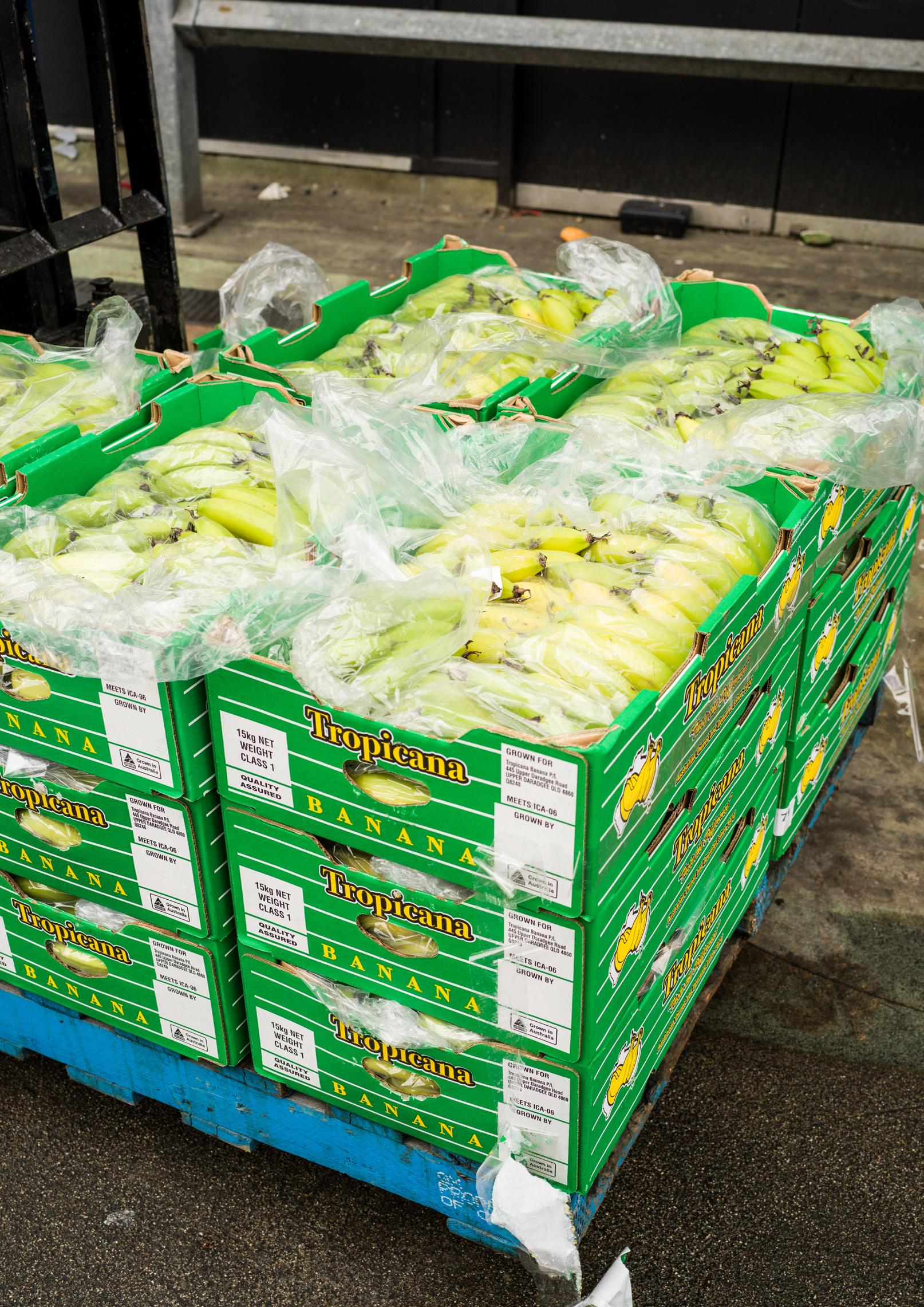
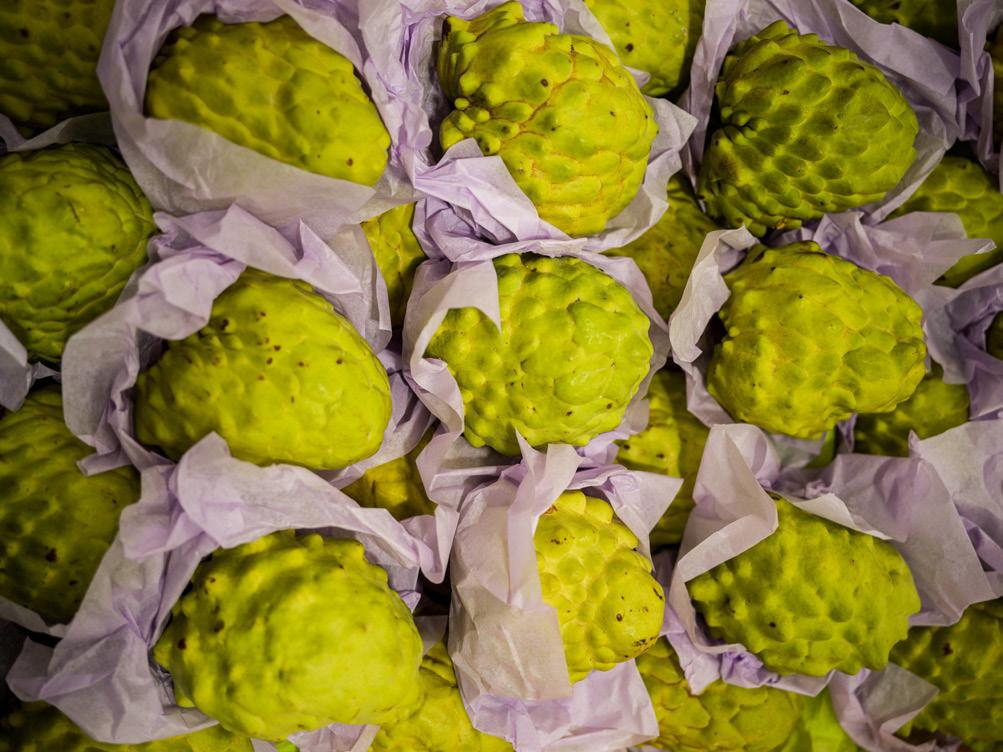
Welcome to spring!
The birds are singing, the flowers are blooming, and the sun is shining (mostly)... It must be time for a new edition of More Than a Fish Market.
Welcome to our seasonal broadsheet, designed to keep you up to date on all the latest seafood tips, tricks, recipes, and trends.
We reckon we’re the right people to keep your finger on the pulse… We are Australia’s Home of Seafood after all.
We hope these tidbits inspire you to get more seafood on your plate this spring.
As we emerge from the chill of winter and launch into spring, many Australian seafood species come into delicious and abundant form. We dug into our auction data to bring you some of our top species picks for spring – from the common to the lesser-known!
One of the best sources of Omega-3, sardines are loved worldwide. Forming large schools in the ocean, they’re generally caught by a range of methods that target them specifically. Not only does this eliminate bycatch, but also helps to keep them low-priced. Make sure to work with the rich oiliness of sardines when you cook them; flavours like lemon, garlic, and punchy herbs are ideal.
This fish is our pick as the next of the tropical mackerel family to make a name for itself. The bulk of Grey Mackerel supply is caught via line, trawl and netting in the warm waters of Northern Australia: primarily Queensland and the Northern Territory. As indicated by their narrow mouth with sharp, fine teeth, they predominantly feed on baitfish. This imparts a rich oiliness to their thick fillets, allowing for a wide variety of cooking methods. Try marinating cutlets and grilling them directly on your barbecue or throwing large pieces in a vibrant curry.
The name Mackerel derives from the old French ‘macquerel’, which most closely translates as ‘pimp’ or ‘procurer’... This apparently refers to the practice of large shoals of mackerel enthusiastically spawning close to shore, and the fact that in Medieval times people had some bizarre theories about animal procreation.
Whatever the name, Blue Mackerel have some fantastic attributes. Known for their uncommonly high levels of Omega-3, this rich oil content opens up so many avenues to explore. Don’t be shy to char the skin, whether in the oven or on the barbecue, and embrace strong, fresh flavours like lemon and garlic.
A classic street food dish across the Mediterranean is a grilled mackerel fillet with spices, diced tomato, olives, red onion, and lashings of fresh herbs, served in a fresh bread roll. Hungry yet?
Sourced from Noosa (QLD) south to Port Lincoln (SA), this small, sweet, delicate fish is one of Australia‘s most criminally underappreciated species. The fillets are lovely quickly pan fried on the skin side and just seared on the flesh side. The whole fish can be skewered and grilled over coals, steamed with ginger and shallots, or deep fried like a chicken wing. The rib bones are easily removed or soft enough to eat without concern.
Something being great bait doesn’t disqualify it as great food. Fresh squid, prawns, pipis and crabs all do well on a hook, but just as well in a pan! Also known as Horse Mackerel, Yellowtail Scad is served alongside tuna, salmon, and Kingfish in sushi bars world-wide, and rightly so.
One of the smallest members of the trevally family, this abundant fish has thick fillets of clear, sweet flesh with just enough oil to prevent from drying out when you cook it. It’s a great fish for either wrapping in foil and grilling on a hotplate, or dusting the fillets in seasoned flour and deep-frying.
A true east coast rock star, these fish live fast and die young! Reaching harvest weight in under a year and with a maximum lifespan of five years, Bonito are a popular recreational catch, as well as being increasingly valuable to the commercial industry.
They mostly eat small fish, which imparts a lovely intramuscular fat and briny flavour to the flesh. Seared Bonito loin (Tataki) is a great way to use a small amount as an alternative to a larger tuna. Our favourite method for this fish, however, is hot smoking. Skinned fillets are rubbed with a paste of brown sugar and soy and placed in a hot smoker for about ten minutes. So good!

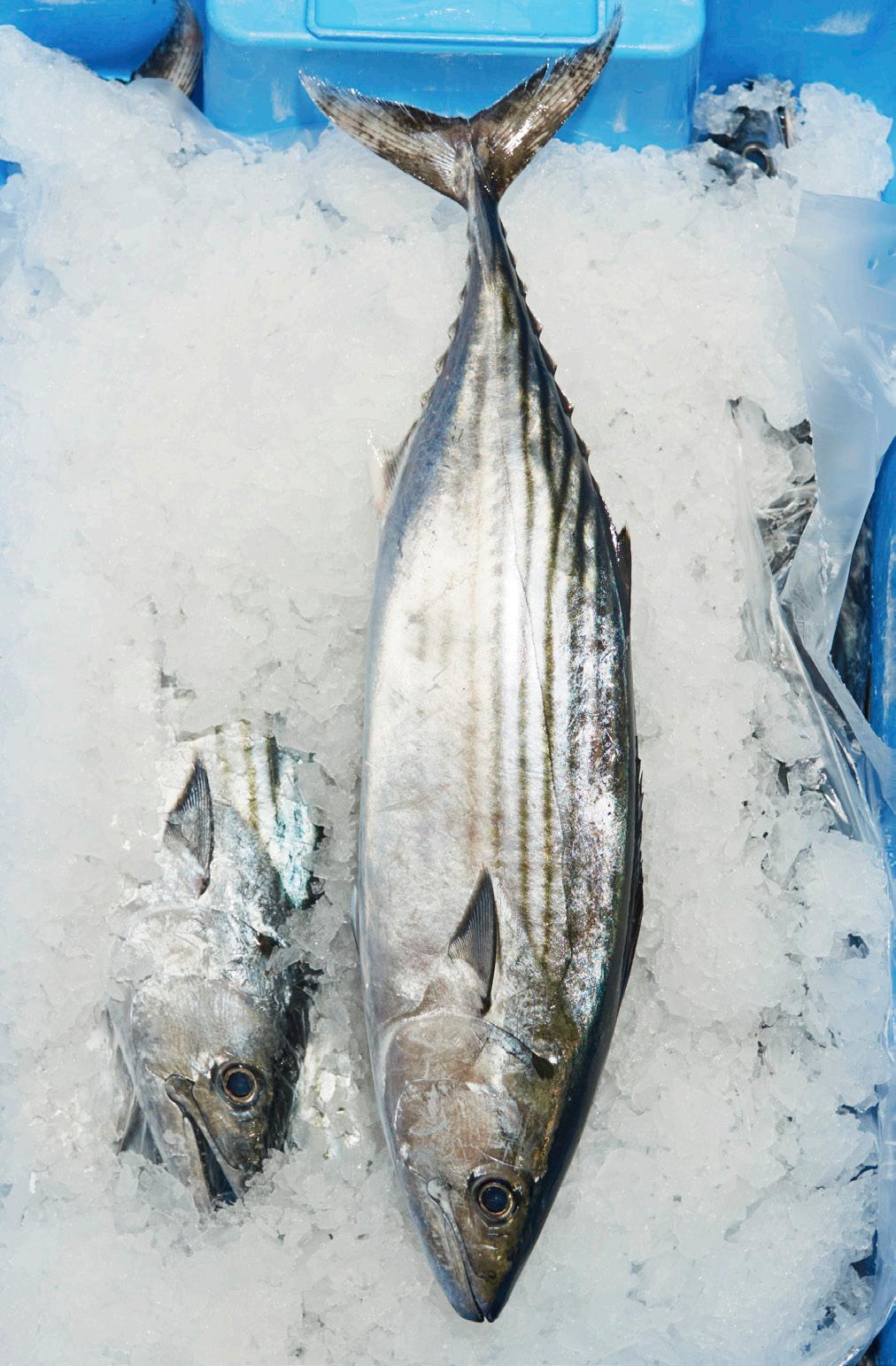


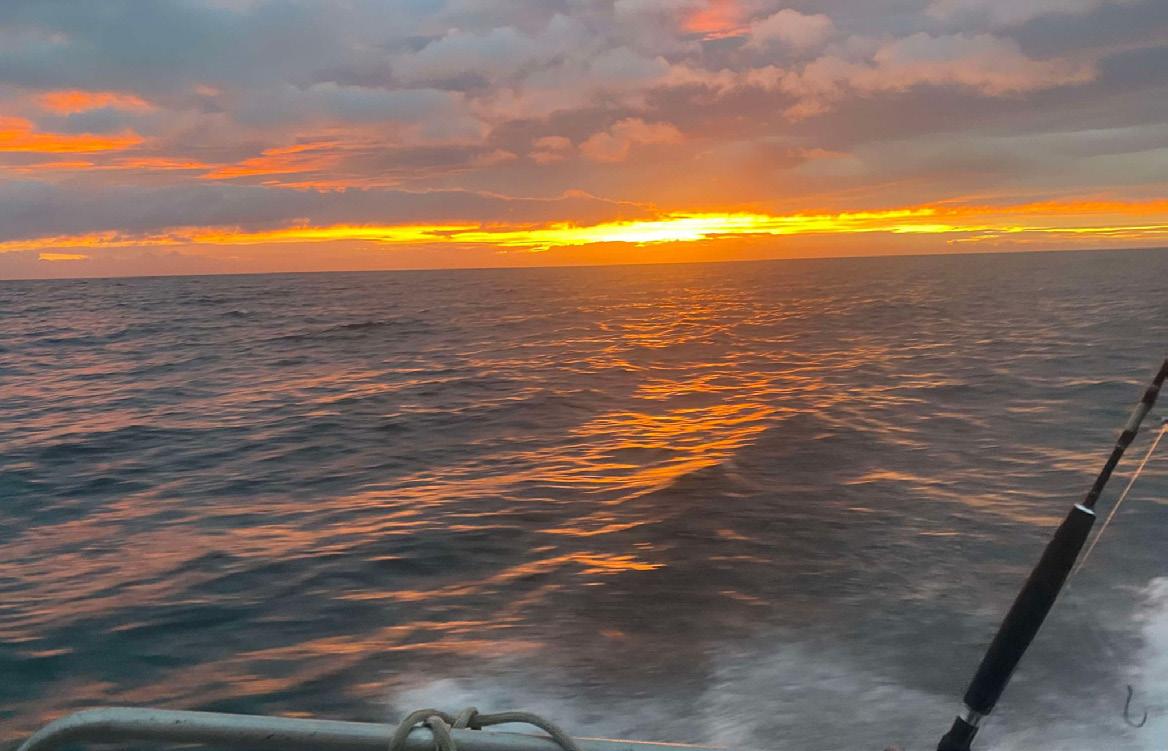

Joshua Hay is 41 and has spent more than half his life as a commercial fisher (primarily using rod and reel –very artisanal fishing methods).
His day religiously starts with coffee, eggs and bacon, then he and his 17ft Tristar (Tasmanian built open dingy) head off to the Cole’s Bay boat ramp and start fishing Freycinet and surrounding areas, targeting calamari, Wrasse and Deep-Sea Perch.
The view of The Coles Bay Hazards never gets old. It is a well-known tourist attraction that Josh has the joy of seeing the sunrise over every morning and the sunset of a night on his way home.
“Fishing can be very challenging, due to weather being very touchand-go on the east coast”, said Joshua, “But that never stops me, as my drive and passion for fishing allows me to push all limits.”
On returning home to Swansea, Josh’s fish are iced, packed and sent on freight directly to Sydney Fish Market for sale.
Joshua’s fellow Tassie fisher Nick Martin runs another small family fishing business in the region, focusing on the live Wrasse market. The pristine waters of north-east Tasmania provide the stunning grounds for his artisanal, sustainable operation.
“Wrasse are great fun to catch, and I often have my kids and their friends come to work with me. I think this species has great potential to become a popular eating fish in the years to come.”
Wrasse fisherman Marcus Hairon’s day starts with an early alarm to catch the tide.
“We’re lucky enough to live on the beautiful east coast of Tasmania, which is home to many boat ramps and fishing spots. The spot we choose to fish depends strongly on the weather; some days we’re able to drive 10 minutes from home to the boat ramp, and others we travel upwards of an hour by car before we even get the boat in the water.”
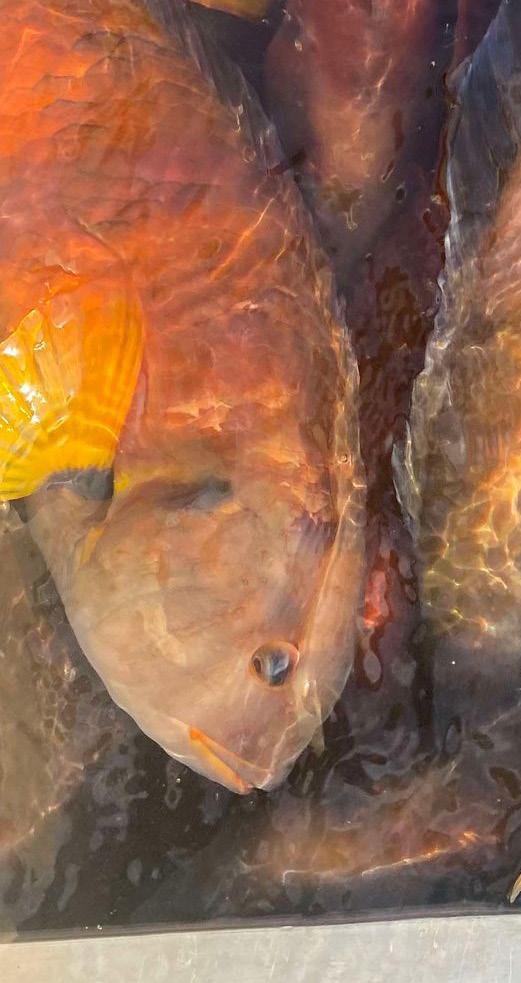
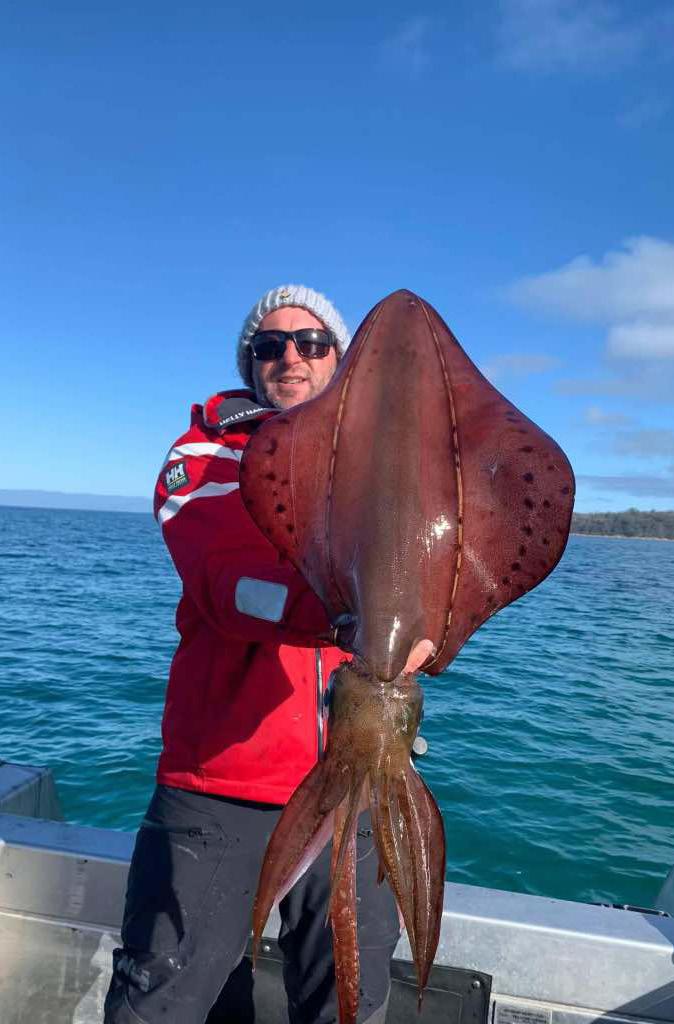
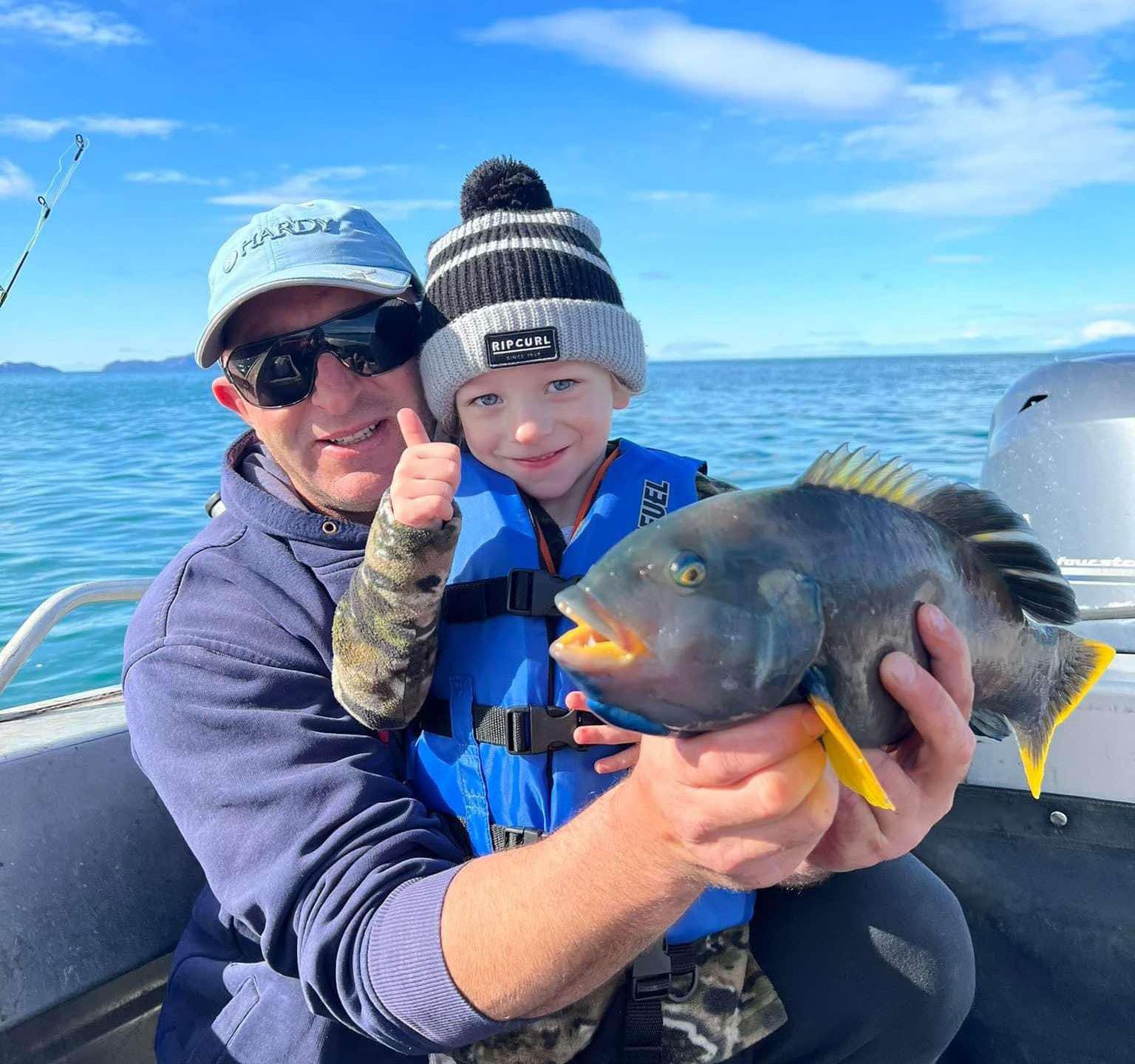
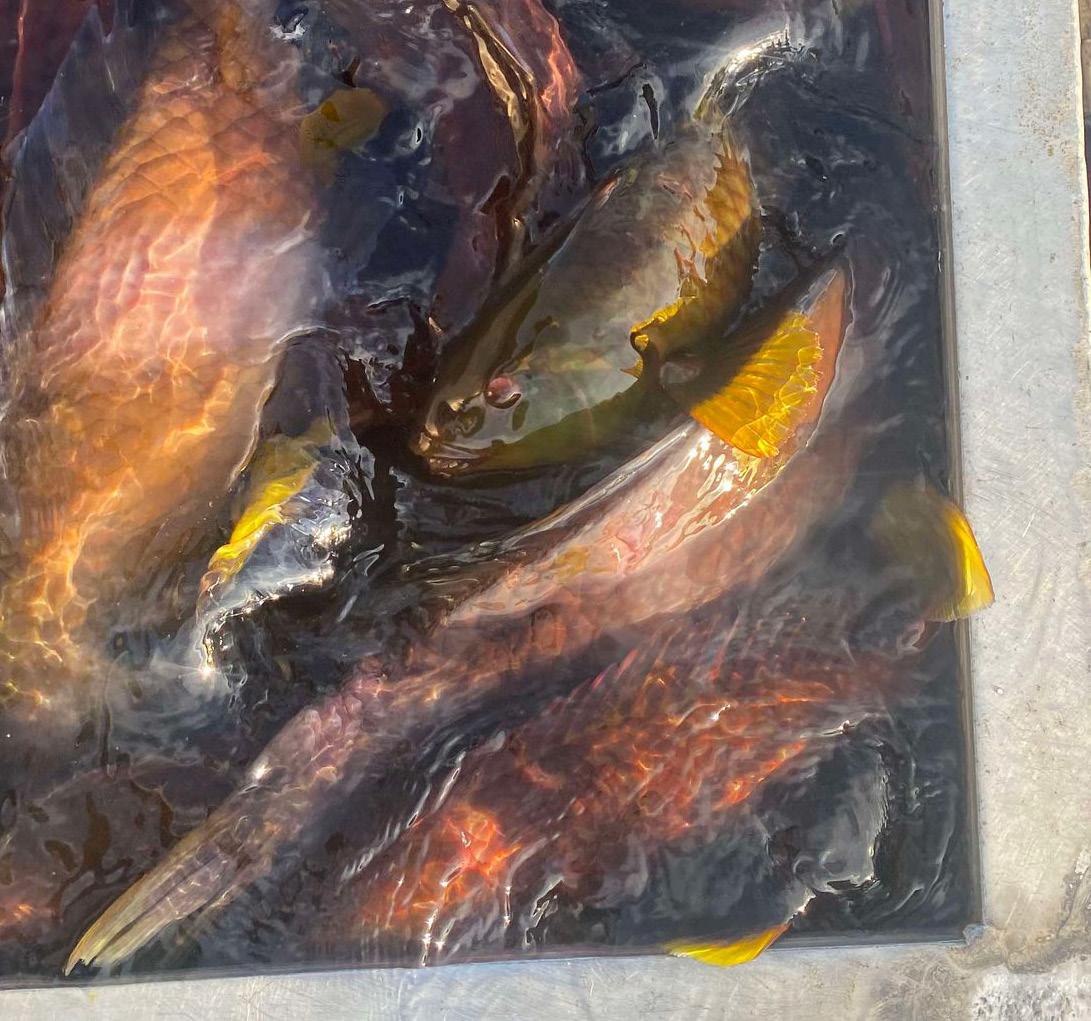
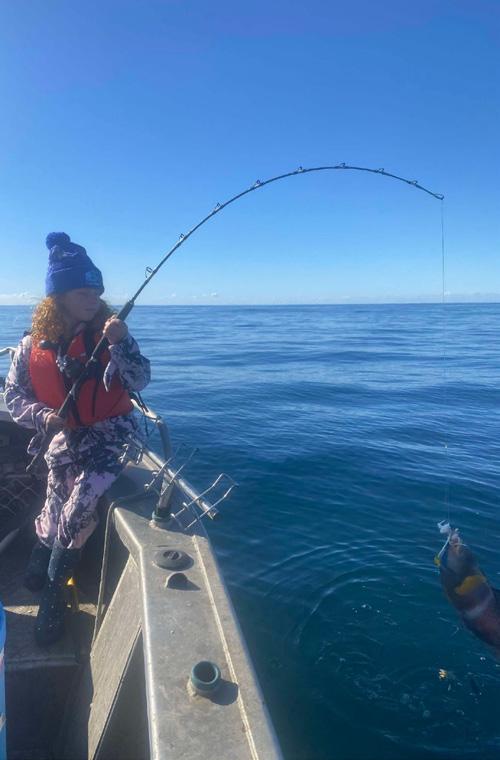
Once the boat is in the water, it’s time to bait the hooks. Wrasse feed on a variety of baits, but squid is their preference. They’re a good fighting fish, and when hooked will often dive in between rocks or seaweed to try and evade capture.
And did you know that this species of fish changes sex from female to male? In doing so, their colouration and appearance in general becomes distinctly different! Bluethroat Wrasse females are orange-brown with a broad dark saddle across the back, and males have a distinctive blue throat and bull head.
Wrasse can suffer barotrauma, which is when the swim bladder of the hooked fish expands if brought up quickly from deep water. To avoid barotrauma, fishers must bring the fish slowly to the surface, although Marcus tends to fish in shallower waters to avoid having to do this.
Wrasse are either sold live to Tasmanian processors for export, or dead directly to Sydney Fish Market, and the way the fishers store the fish on board the vessel depends on where the fish are going to be sold.
“For live fish, we have a tank on board the vessel that is unloaded into fish caufs daily until we have a load big enough to warrant the truck coming to collect them. Once we have a big enough load for the truck, the fish are collected from the caufs and transported in the boat tank back to the wharf, where they are unloaded into another live tank in the truck.
Dead fish that we are sending to Sydney Fish Market are brain spiked upon capture and held in an ice slurry aboard the vessel until the end of the day, when we re-ice and pack them into SFM bins which are held in the cool room, until the next TTM truck arrives to transport them from Tasmania to Sydney.”
Marcus’ vessel returns to shore every day, so he unloads and packs his fish on the same day that it is caught, to provide you with the freshest Tasmanian seafood!
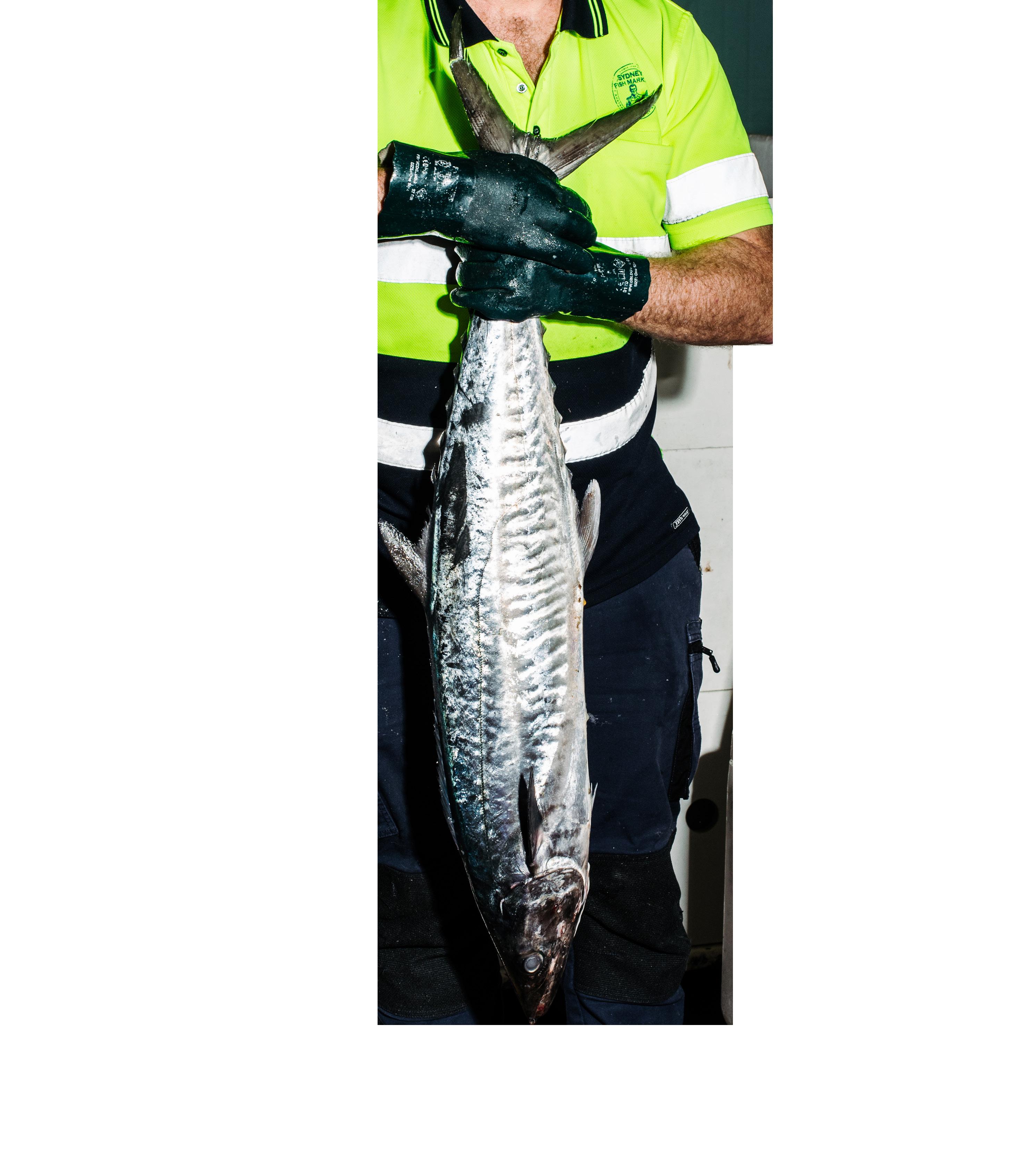
Want to know more about where your seafood comes from? How the industry ensures Australian seafood is sustainable? Where Sydney’s top restaurants go to buy the freshest of the fresh?
Our Behind the Scenes Tour is your ticket into the weird and wonderful world of Australian seafood.
The hustle and bustle of the auction floor (normally closed to the public!).
The Dutch auction system in action, selling more than 50 tonnes of fresh seafood to 150+ buyers.
Over 100 seafood species in our famous blue crates, from the fan-favourites to the weird and wonderful.
Hailing from Arizona, our new Seafood Educator Mike has extensive experience on fishing vessels, from salmon gillnetters to tuna longliners. He has fished all over, from the icy waters of Alaska to the warm waters of the amazon river. He’s even landed a black marlin weighing over 450kgs!
On top of his fishing experience, he’s a keen cook, has experience hosting white-water rafting tours in the Grand Canyon, and moonlights as a bartender on the weekends.
Brand new species of seafood that we bet you’ve never seen before.
Tuna filleting (you might even spot one hanging from a forklift!).
Live lobsters, sushi prep, oyster shucking, and more.
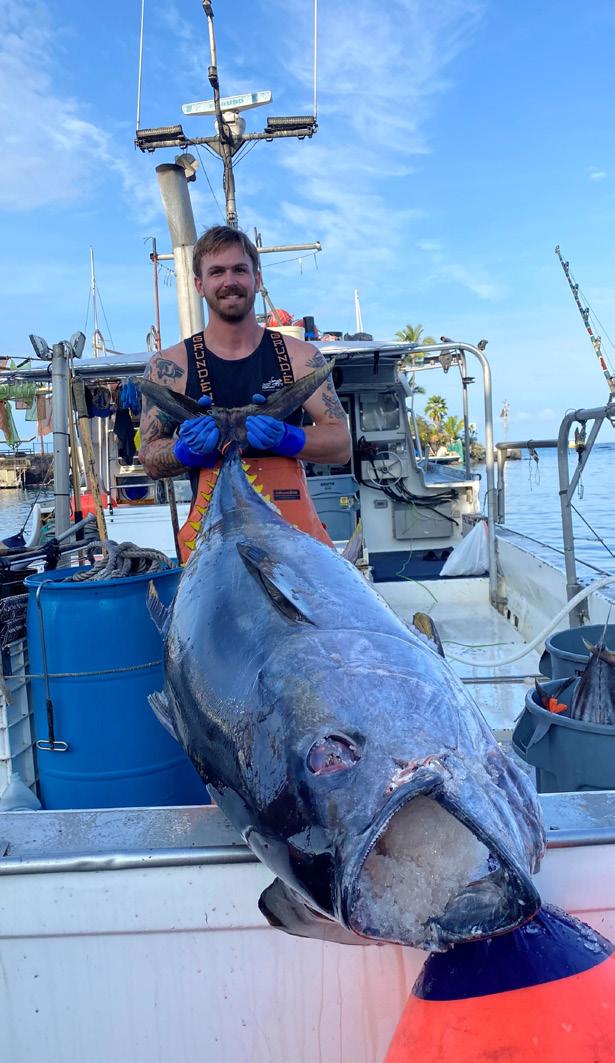

Curious? Book a tour here.



One of the most common misconceptions about seafood is the adage ‘the fresher, the better’. While this is true for some species (we’re looking at you, prawns), you might be surprised to learn that it is not always the case!
We have talked at length on our social media platforms about rigor mortis, and why fish can sometimes be ‘too fresh’ to eat.

But you can take this concept even

Ageing fish has been part of Japanese cuisine for centuries, however traditionally this was done using ‘wet’ ageing (which seals fish from the elements before ageing).
Dry-ageing, in contrast, has really only become a trend in the seafood world in more recent years. Pioneered by some of Australia’s best chefs – most famously, Josh Niland – the method applies techniques traditionally used to age red meat,

As more and more chefs follow Niland’s lead, and more and more home cooks investigate dry-ageing for themselves, we thought now was the perfect opportunity to explain a bit more about it.
WHAT IS DRY-AGEING?
While every chef has a slightly different method, the process of dry-ageing fish generally involves storing scaled and gutted fish in specialised refrigerated environments (often hanging from large, stainless-steel hooks) for up to two months, to slowly remove moisture from the flesh.
WHAT ARE THE BENEFITS OF DRY-AGEING?
Firstly, the protein breakdown that occurs during dry-ageing improves flavour complexity, as the acids responsible for umami flavour are released. This enzyme also acts on the connective tissues of the fish, loosening muscle structure and therefore improving the texture and mouthfeel of the fish... How cool is that?

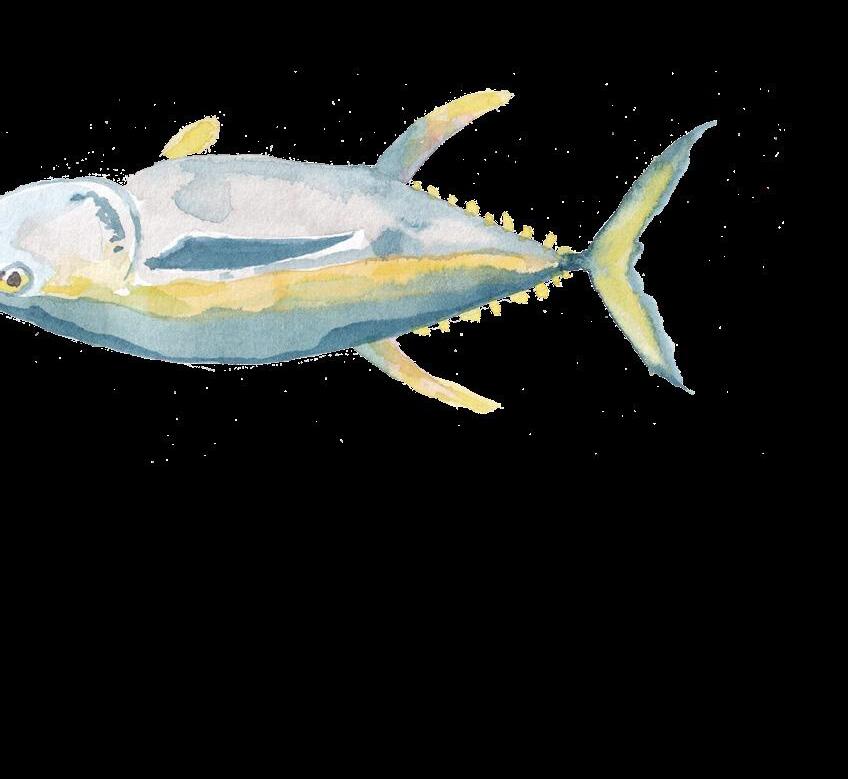
The other impact dry-ageing has is to draw moisture out of the fish. This might not sound appetising, but we’re here to change your mind. Drawing out moisture not only helps to concentrate the flavour of the fish, but it also results in super crispy skin when you get to cooking.
Yep, that’s why Josh Niland’s fish fillets always look like that
WHAT KINDS OF FISH CAN BE DRY-AGED?
Like any more intense cooking method, it’s best to use fish species that can hold their own in both oil content and muscle density.
The best options are tuna, mackerels (especially Spanish Mackerel), and Swordfish. Josh Niland also uses Murray Cod quite a bit, which is a great option due to its yearround availability and sustainability (as an aquaculture species).
These fish are oily enough that they won’t become dry during the ageing process, and firm enough that their muscle tissue won’t degrade too quickly.
Now for the bad news. The kind of equipment required to dry-age fish safely most likely does not exist in your home kitchen.
For dry-ageing to be successful, the fish must be skillfully scaled and gutted, kept at a constant temperature (between 1 and 2 degrees Celsius) and low humidity, for a long period of time (separate to other food storage), and monitored extremely carefully to ensure it doesn’t spoil.
The types of fish that are good for dry-ageing (tuna, sardines, mackerels, and Swordfish) are also the same types that are prone to histamine poisoning (which can occur if temperature isn’t perfectly controlled), so you’ve got to be extra careful.
It’s also extremely important to process fish with the top of the top hygiene practices: we’re talking perfectly clean hands, tools, and surfaces.
But... all is not lost!



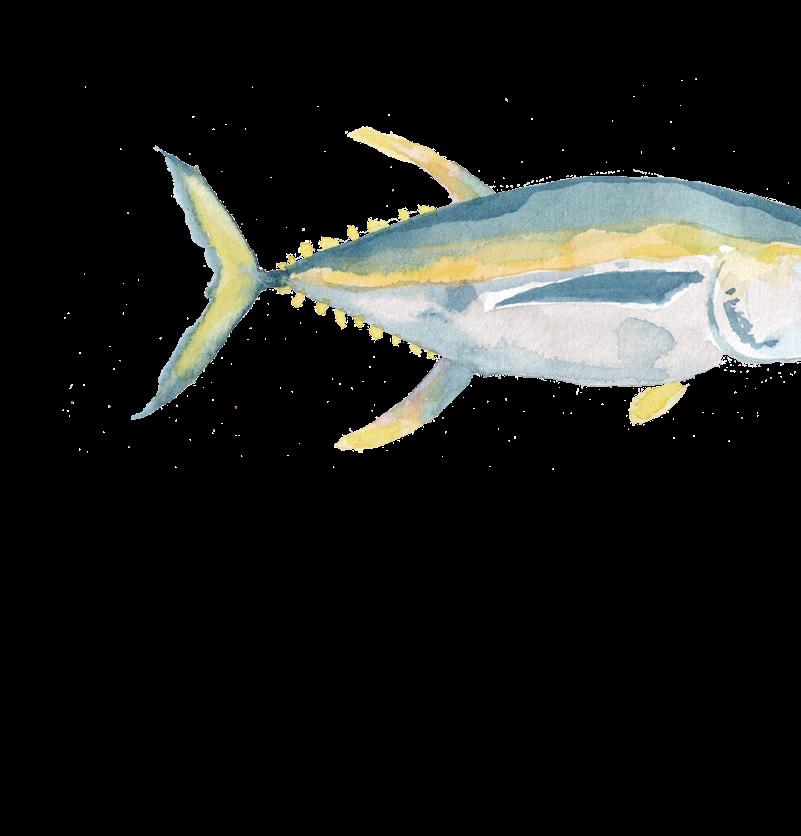
There’s no reason why you can’t bring the concept of ageing fish into your everyday life: it can improve your seafood eating experience, save you money, and open up a whole bunch of new recipe options to you.
The first principle we encourage you to embrace is that there’s no need to eat fish on the same day you bought it, as long as you know for sure how fresh it is!
While at first it might make you nervous, there’s nothing wrong with keeping fresh fish for 3-5 days after purchase, as long as you’re buying from a trusted source, and following best storage practices.
Our Seafood Handling Guidelines are the bible for seafood suppliers, retailers, wholesalers, and processors all over Australia. This mammoth document (which lives on our website) provides guidelines for the whole industry to follow, to ensure the maximum quality and freshness of their seafood product... And there’s no reason why you can’t use them too!
Because we’re generous, we’ll save you the trouble of reading the whole thing. The info you need is on page 9.
2. CHAT TO YOUR FISHMONGER.
Good fishmongers won’t have a problem telling you exactly where each fish in their window is from, and approximately when it was caught. You’re looking for local species wherever possible (as they’ve had less travel time to get to you), and ideally for product caught in the past 2-3 days.
3. TRANSPORT YOUR FISH CORRECTLY.
Remember that funky little table from the Seafood Handling Guidelines? That shows the singular importance of keeping your seafood cold. Use a cooler bag and ask your fishmonger to pack some ice with your purchase to make sure it stays between 1 and 5 degrees Celsius on the journey.
4. USE YOUR SENSES AT HOME.
The organoleptic (now there’s a word!) assessments don’t stop once you’ve got your fish home. Always give it a good examination and sniff before you cook with it. Trust us: your nose will tell you immediately if something is wrong.
We hope this cleared up some misconceptions about the shelf life of fish, and what the big deal with ageing it is. Let us know through our social channels if we taught you something new!
Basically, what this table shows is that the longer your fish is kept at 0 degrees Celsius, the longer its shelf life will be. This means that in theory, if the fisher, us at Sydney Fish Market, and the wholesaler or retailer have all handled the product according to these guidelines, you could get up to 12 days of shelf life out of a fish. Wild, right?
What it means in practice is that if you’re buying from a trusted fishmonger (who can assure you of the quality and freshness of their product), then storing your fish correctly (in the coldest part of your fridge), there’s no reason why you can’t get 3 days of shelf life out of it.
There are a few important tips to remember here:
1. USE YOUR SENSES WHEN SHOPPING.
Get up close and personal to make sure the fish you’re buying is fresh in the first instance. That means looking for glossy, shiny skin or scales and lustrous, undamaged flesh, and sniffing for a fresh, oceanic smell.
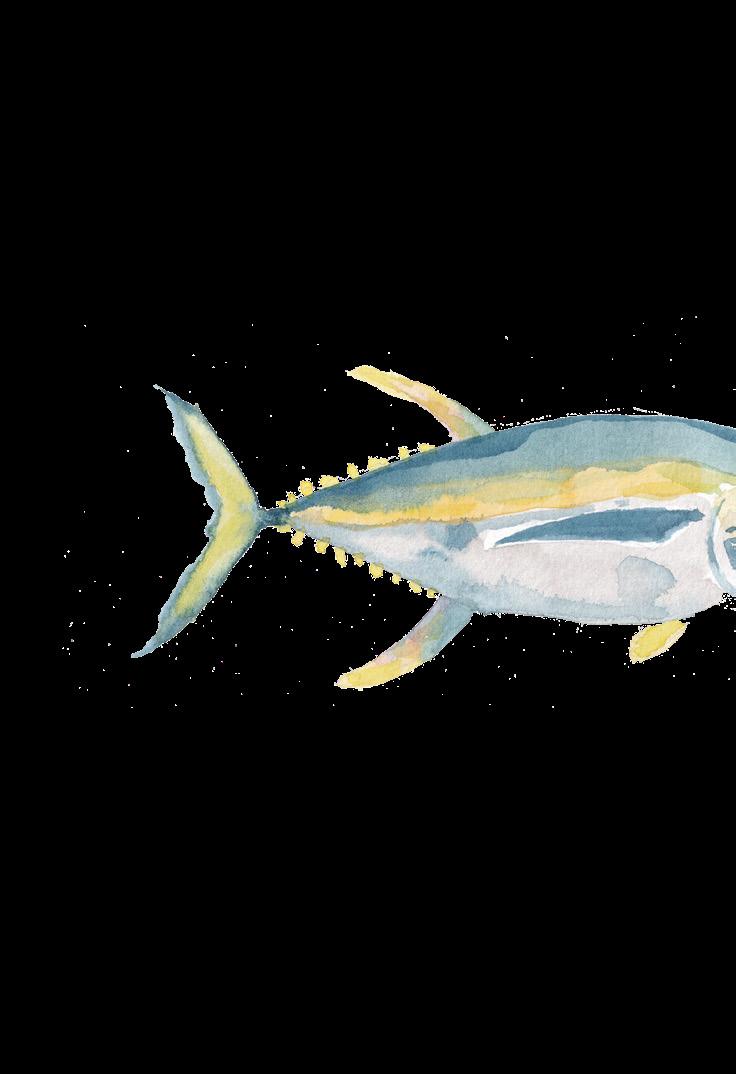
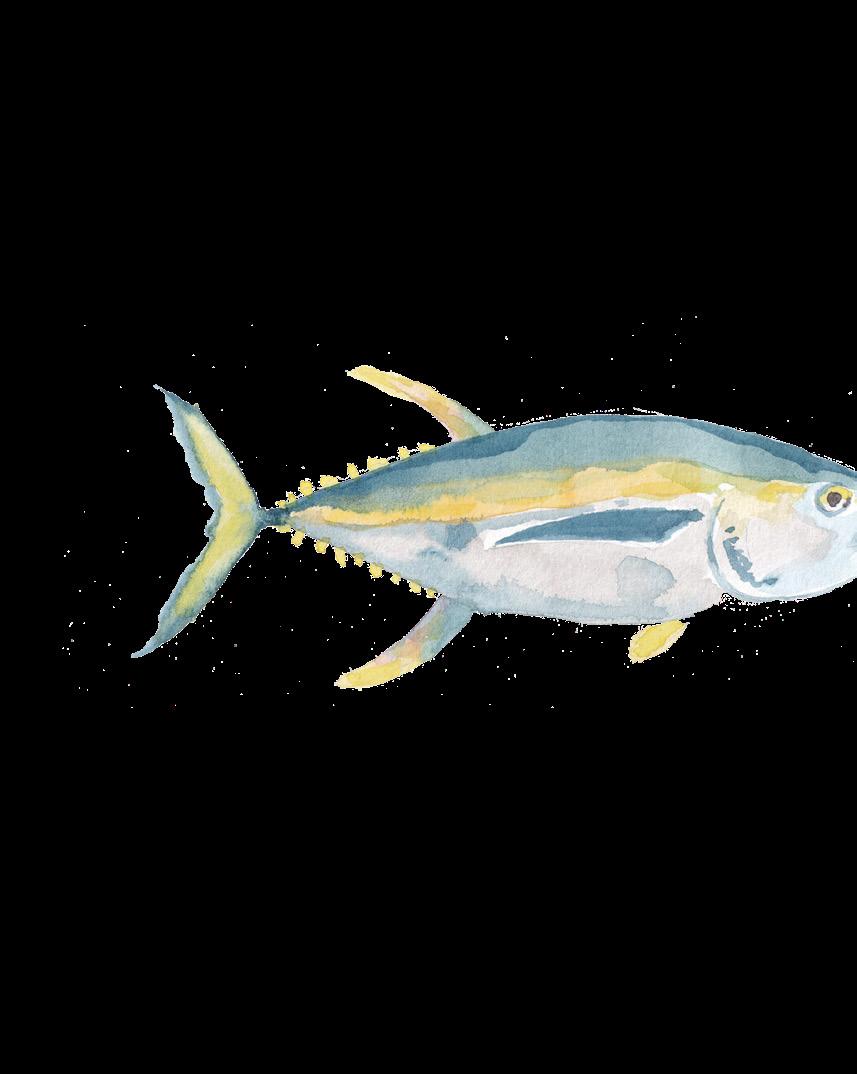

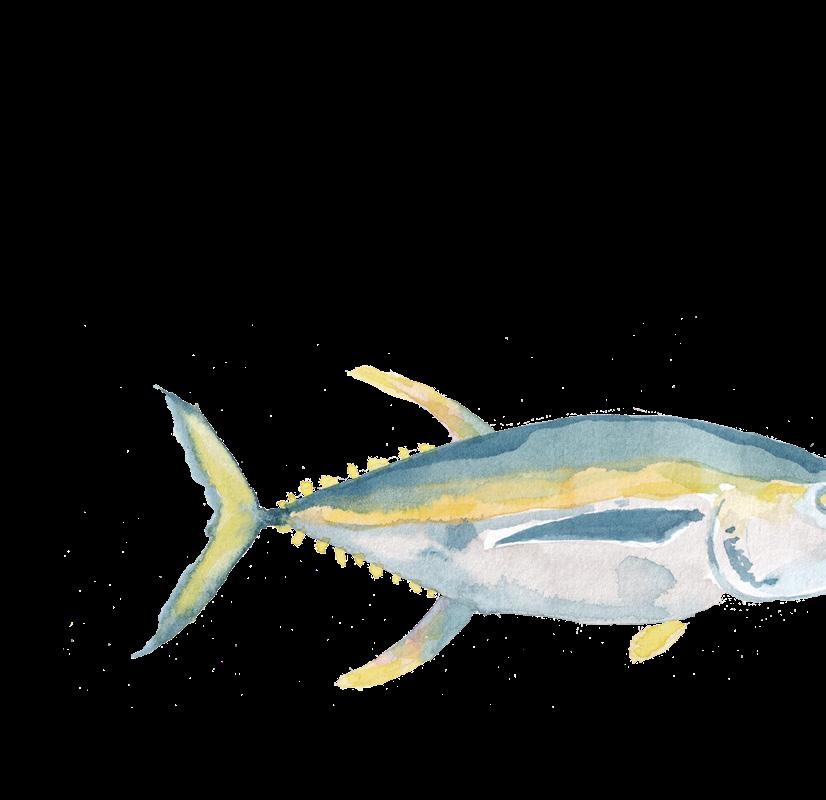
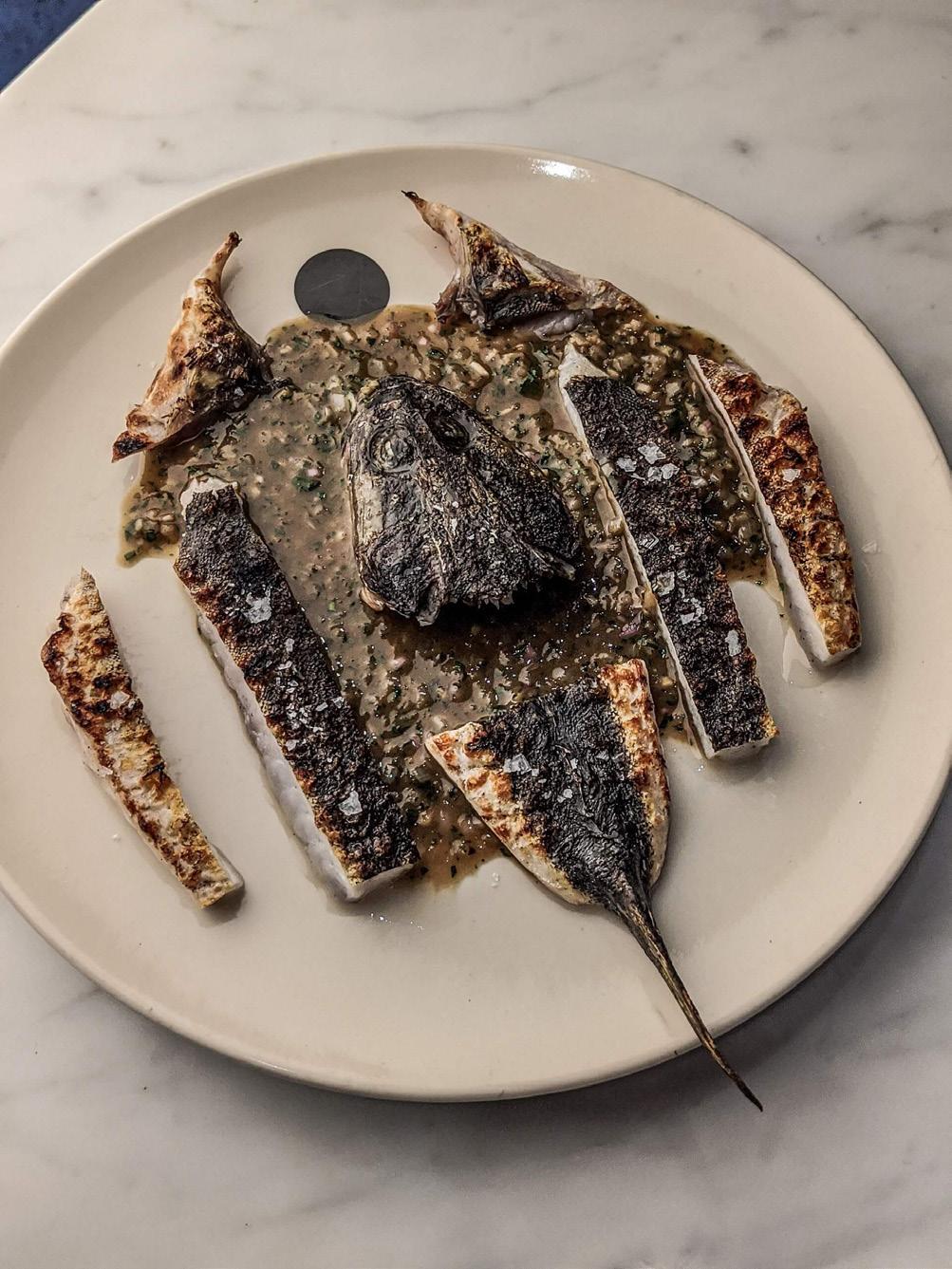
Big news about the construction of our new building (which is now impossible to miss if you’re enjoying your lunch on our sunny boardwalk!).
Recently, the first forty roof cassettes were installed on top of the new Sydney Fish Market’s stunning timber roof.
Over 100 roof cassettes are assembled and waiting on Glebe Island ready to be barged over to site. There will be over 400 used in total across the 230m long roof canopy, to create the triangular crowning of the building.
These cassettes allow for natural ventilation and sunlight to illuminate the upper levels, act as a drainage system to collect rainwater, and generate energy through solar panels.
In early 2023, around 100 million litres of water (equivalent to 40 Olympic swimming pools) was safely pumped from the new Sydney Fish Market site, creating a cofferdam four metres below sea level and allowing workers to commence major structural works on the building’s basement.
Recently, the cofferdam was gradually rewatered over 3-4 days, finally submerging the basement as well as some of the newly installed habitat devices and seawalls on the lower parts of the building.
Not all activities being carried out on the new Sydney Fish Market site are above the water level…
To create healthy marine habitats and thriving ecosystems, the project is installing rocky reef, to connect fish habitat around Blackwattle Bay; fish aggregation devices on the sea floor and hanging from the northern side of the structure; and seawall tiles on the basement wall, to turn flat surfaces into complex living habitats!
Over 40 hanging devices installed on the underside of the northern face of the building will provide extra surface area for marine life to integrate into their habitat, fostering growth and thriving sea life in the bay while the new building emerges above the water.






Want to learn more about where the new Sydney Fish Market construction is up to?
Scan the QR code to visit the Infrastructure NSW website.
The often delicate flavors and textures of seafood can be beautifully complemented by the right wine selection... As anyone who’s enjoyed a wine-matched set menu can attest.
Whether you’re cooking a crab risotto or a char-grilled tuna steak, here are some tips for finding the perfect wine to accompany your seafood.
Fringe Société Chardonnay
2022
Sauvignon Blanc 2021
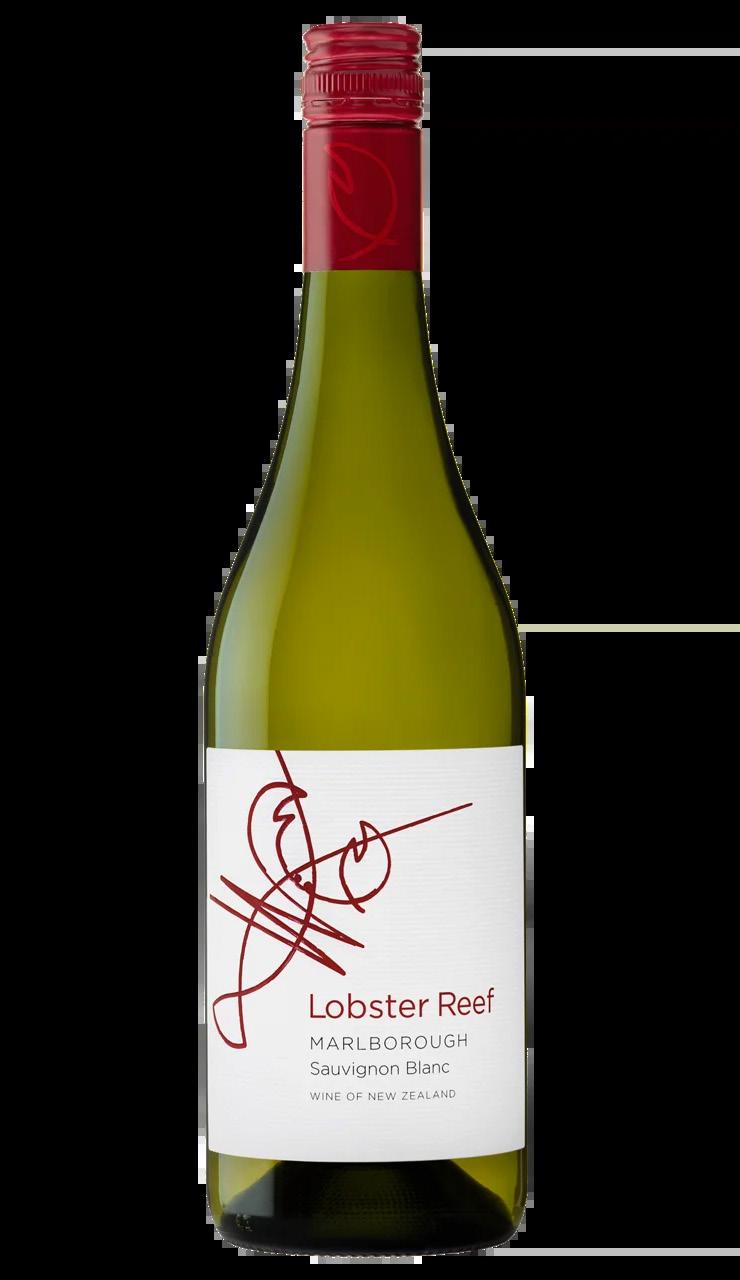
Matching the flavours of your chosen seafood and your wine is crucial.
If the seafood has a lighter, fresher flavour, (think oysters, dory, or whiting) pair it with crisp and vibrant white wines like Sauvignon Blanc or Chardonnay.

Rich and oily fish like salmon or tuna can be enhanced with a medium-bodied white wine such as Pinot Gris... Or even – shock horror! – a red. We don’t necessarily subscribe to the rule that red wine should never be paired with seafood; we especially love a red with Italian dishes like a seafood risotto.
For shellfish and crustaceans, which generally have a sweet flavour, consider a refreshing rosé to build on that sweetness, or a dry sparkling to provide contrast.
Texture should also be taken into account when selecting a wine.
Delicate, flaky fish like Sole, dory, whiting or Flathead are often best complemented by a lightbodied white wine that won’t overpower the dish.
If you’re indulging in a buttery Lobster Thermidor or creamy seafood pasta, opt for a more fullbodied white, like an oaked Chardonnay, to match the richness.
For fried or grilled seafood with a crispy exterior, a vibrant and slightly acidic white wine like a Vermentino or a dry Riesling can provide a refreshing contrast.
Australian seafood, with its abundant variety and freshness, pairs especially well with local wines, so explore the options in the area from which your seafood is caught.
For example, pair Sydney Rock Oysters with a crisp Hunter Valley Semillon, or tuck into some grilled Barramundi with a Margaret River Chardonnay.
Rosé and sparkling wines are incredibly versatile options for seafood pairings. A dry rosé with its refreshing acidity can match well with grilled prawns, scallops, and even lightly spiced seafood dishes.
Sparkling wines add a touch of elegance to any seafood meal, and pair well with a wide range of dishes, especially oysters and sashimi.
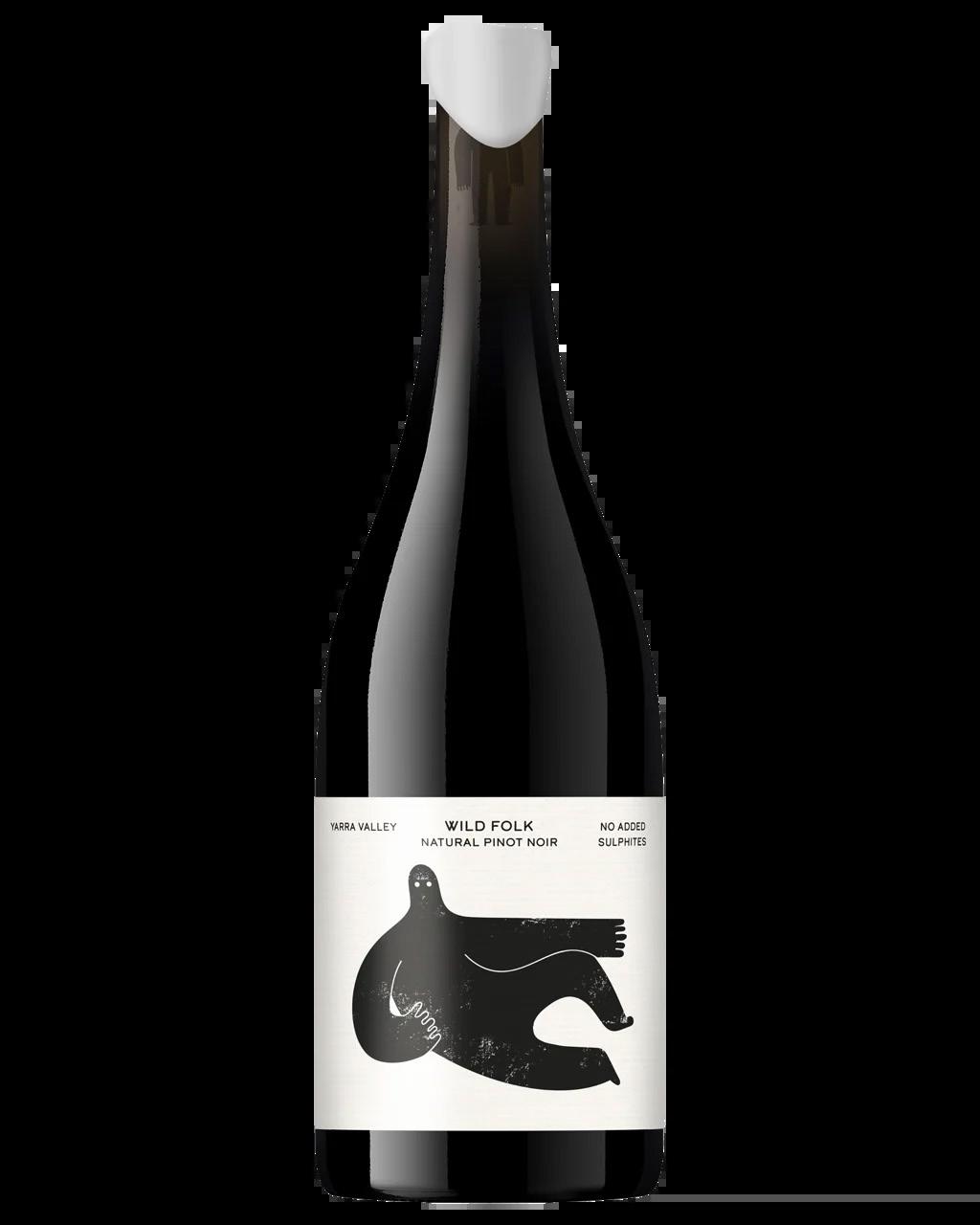

Unico Zelo Tropo Sparkling 2021
Remember, the ultimate goal of seafood and wine pairing is to create a balanced and enjoyable dining experience, not to stick to any hard-and-fast rules.
While these tips are a good starting point, don’t be afraid to experiment and explore different combinations; everyone’s palate is unique, and personal preferences can vary.
We recommend attending wine tastings, consulting sommeliers, and engaging in your own culinary adventures to discover unexpected pairings.
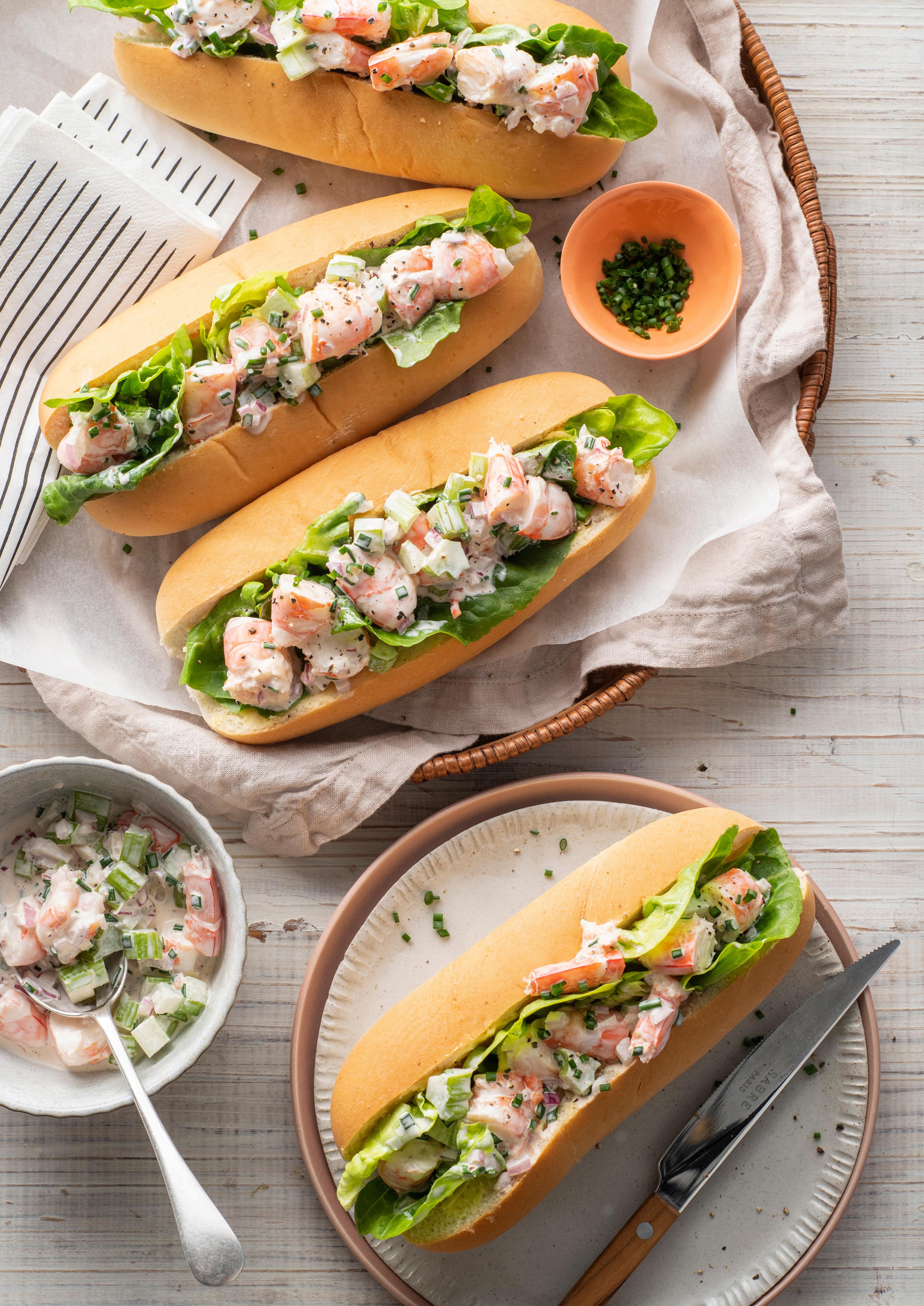
Spring is the perfect time to serve up a fresh salad like this Provençal classic.
SERVES 6 • PREP 10 mins • COOK 10 mins
500g baby kipfler potatoes, skin on 250g green beans, topped and tailed 600g tuna steaks
Salt flakes and freshly ground black pepper, to taste
½ cup extra virgin olive oil
1½ tablespoons red wine vinegar
¾ teaspoon Dijon mustard
1 punnet heirloom cherry tomatoes, halved
⅓ cup Ligurian olives, pitted
1 baby cos lettuce, leaves separated
3 softboiled boiled eggs, peeled and halved
12 anchovy fillets, halved lengthways Microherbs, to garnish
1. Steam potatoes for 10 minutes, until nearly tender. Add beans and continue steaming for a further 2 minutes.
2. Remove beans and refresh in a bowl of iced water. Drain and slice in half lengthways and again crossways. (If using baby beans, leave them whole.) Allow potatoes to cool and slice into 8-10mm rounds.
3. Meanwhile, season tuna well with salt and pepper. Heat a non-stick frying pan over a medium heat, add a little of the oil and cook Tuna, for 2-3 minutes, depending on thickness, then turn over and continue cooking, for another 1-2 minutes until just seared. (Both sides of the tuna will be cooked and golden but the middle should still be ruby pink.)
4. In a small bowl, whisk vinegar, mustard, salt, pepper and remaining oil together and set aside.
5. Place potatoes, beans, tomatoes and olives into a bowl. Add dressing and toss gently to combine.
6. Cut tuna into large cubes. Line a large platter or individual plates with torn lettuce leaves. Spoon salad onto the leaves and garnish with tuna, eggs and anchovies.
NOTES • Use baby green beans if available. Larger runner beans are also suitable, but you will need to cut them into smaller pieces as per the instructions.
Use Ortiz brand anchovy fillets if available, as they have a much better flavour than other brands, and are less salty.
ALTERNATIVE SPECIES • Albacore, Bonito.

Picnic food doesn’t get much better than this.
SERVES 4 • PREP 10 mins • COOK N/A
600g whole cooked prawns, peeled and chopped
6 tablespoons mayonnaise
A good few drops Tabasco sauce
1 stalk celery, finely diced
2 tablespoons finely chopped red onion
2 tablespoons finely chopped chives
Sea salt and freshly ground pepper
Juice of ½ lemon
4 hot dog buns
2 tablespoons unsalted butter, softened
1 baby cos lettuce, washed and torn into pieces
1. Place the chopped prawn meat in a bowl and add the mayonnaise, Tabasco, celery, onion and chives.
2. Stir gently to combine, season with salt and pepper and add the lemon juice.
3. Cover and refrigerate for 30 minutes.
4. Pop the buns in a low oven to warm through (don’t toast).
5. Cut down the centre on the top of each roll, being careful not to cut all the way through. Spread with soft butter and line with lettuce.
6. Spoon the prawn mix down the middle of each roll to fill it.
ALTERNATIVE SPECIES • Rock Lobster, Marron, crab.
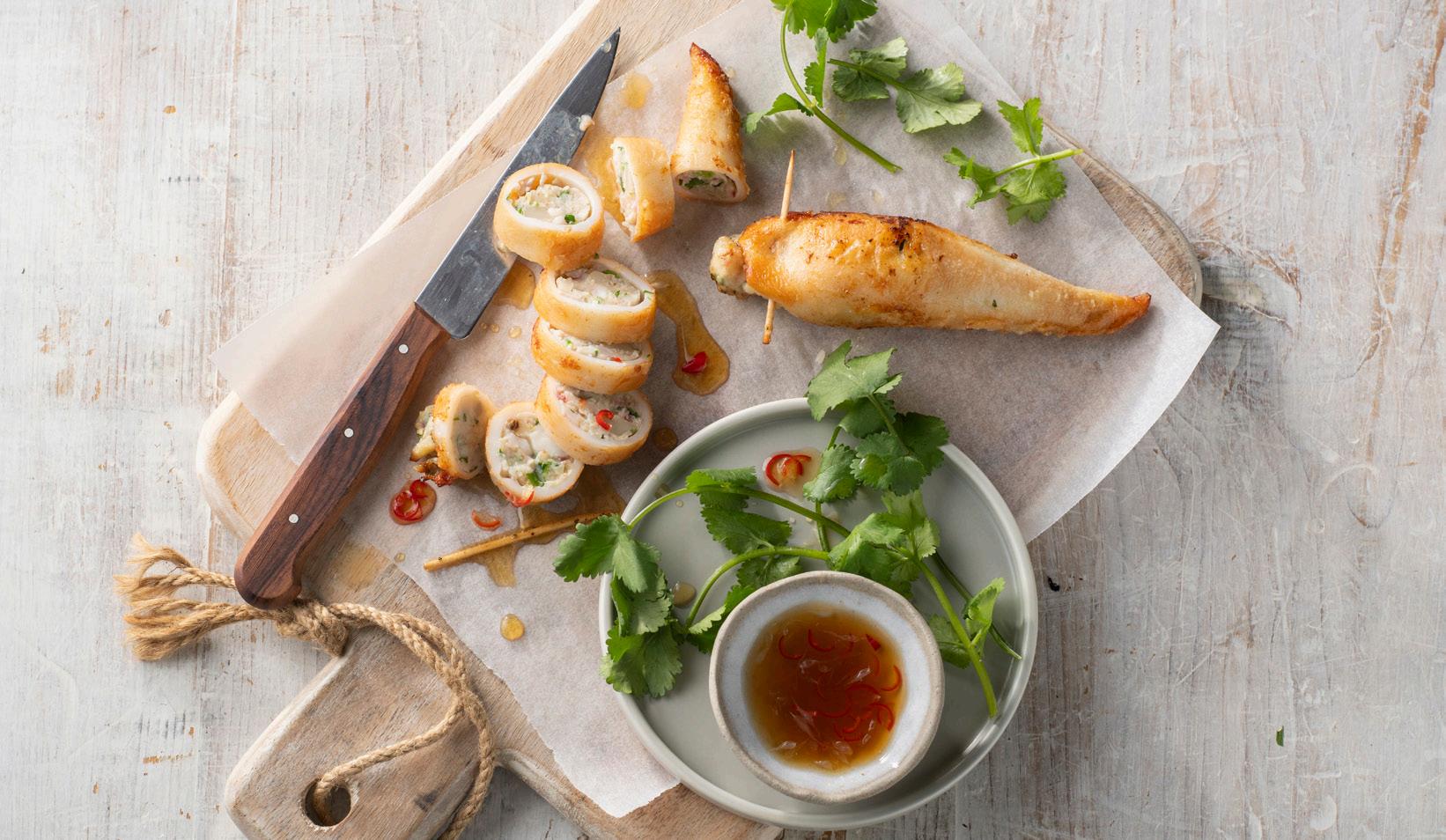

RECIPE CREDIT: VIC’S MEAT
Did someone say crackling?
SERVES 4-6 • PREP 24 hrs • COOK 2 hrs
1 x 1½ kg boneless pork belly, skin scored
2 teaspoons salt flakes
1 teaspoon white peppercorns
1 teaspoon Chinese five-spice powder
1 tablespoon salt flakes
2 teaspoons sesame oil
1 cup coconut sugar
⅓ cup water
2 star anise
1 tablespoon grated root ginger
2 small red chillies, finely sliced
2 tablespoons soy sauce
2 tablespoons fish sauce
¼ cup fresh lime juice
Fried shallots, coriander leaves and julienned chilli, for garnish
Steamed rice and Asian greens, for serving
1. Rub the pork belly rind with 2 teaspoons salt flakes and place on a tray, refrigerate uncovered overnight to dry the rind. The next day, pat rind dry and brush off any remaining salt.
2. Preheat oven to 200C. Crush white peppercorns in a mortar and pestle, mix through Chinese five spice and 1 tablespoon salt flakes.
3. Rub pork rind well with the salt mixture and sesame oil, place rind side down in a baking dish and bake for 1 hour. Turn pork over, reduce to 180C and cook for another 1 hour or until tender.
4. While pork is cooking, combine coconut sugar and water in a saucepan, stir over medium heat until dissolved. Bring to a boil, add star anise, ginger, chilli, soy, fish sauce and lime juice and simmer for 10 minutes or until syrupy.
5. Slice pork and serve drizzled with sauce, sprinkle over fried shallot, coriander and chilli. Serve with steamed rice and Asian greens.
This recipe looks impressive, and tastes even better.
SERVES 6 • PREP 30 mins • COOK 30 mins
6 x 250g Loligo Squid, cleaned
100g piece Angel Shark fillet, skin off 100g Imperador fillets, skin off, bones removed
250g green prawns, peeled, deveined and finely chopped
8 shiitake, chopped*
10 water chestnuts, chopped
3 green onions, finely chopped
2 tablespoons chopped coriander
2 cloves garlic, crushed
2 teaspoons fish sauce
Freshly ground white pepper, to taste
1 teaspoon castor sugar
Plain flour, for dusting
⅓ cup vegetable oil
Dipping Sauce
½ teaspoon castor sugar
¼ cup fish sauce
1 tablespoon lime juice
1 red chilli, seeded and finely sliced
1. Make Dipping Sauce: combine all ingredients and stir until sugar dissolves.
2. Finely chop squid tentacles and flaps and rinse tube well. Chop fish roughly and process in a food processor into a coarse mince. Transfer to a bowl, add prawn, chopped squid, shiitake, water chestnut, green onion, coriander, garlic, fish sauce, pepper and sugar and mix well. Three-quarter fill squid tubes with the fish mixture and secure the ends with toothpicks. Lightly dust with flour.
3. Heat a frying pan, add oil and, when hot, pan-fry squid for 10-15 minutes, until browned all over and cooked through. Remove from pan and set aside on paper towel to rest for a couple of minutes. Slice and serve with Dipping Sauce.
NOTES • Shiitake are Asian mushrooms available fresh from many fruit and vegetable shops; if they are unavailable use oyster mushrooms.
ALTERNATIVE SPECIES • Alfonsino, Bight or other Redfish (instead of Imperador); Flake, Guitarfish (instead of Angel Shark); Northern Calamari, Southern Calamari (instead of squid).
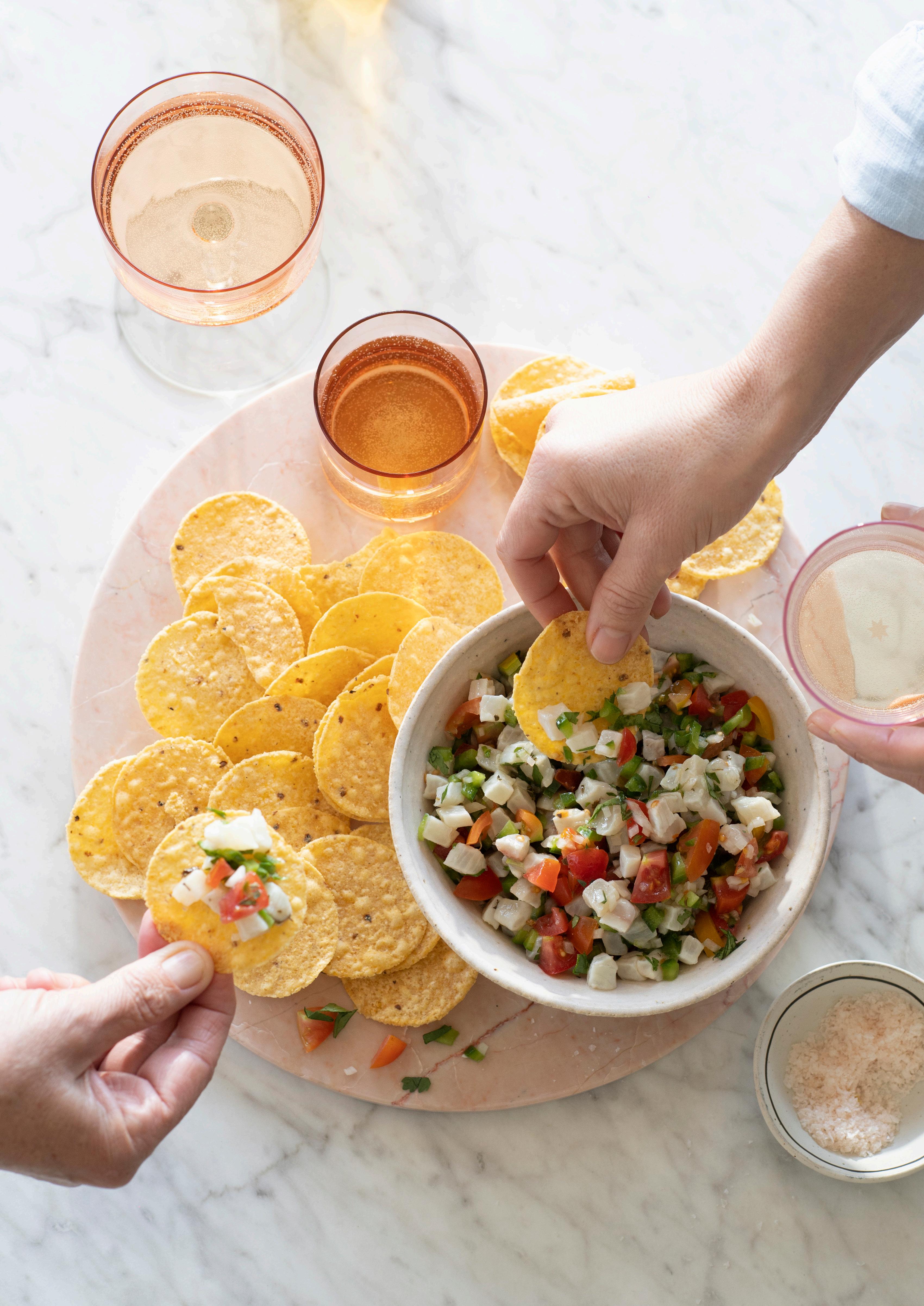

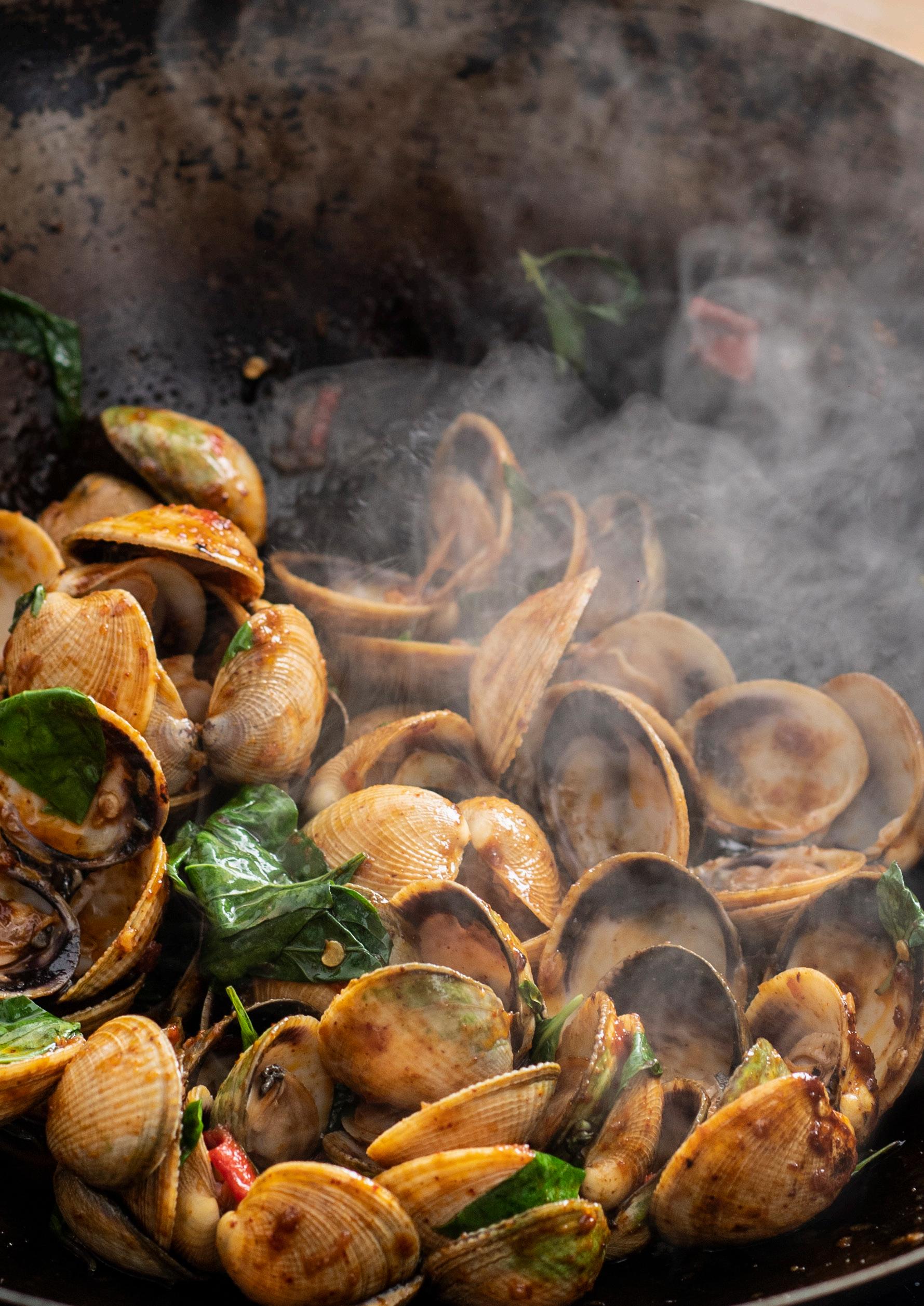
Sydney Seafood School’s spring class schedule is now live, and it’s got something for everyone. Take your tastebuds to Europe, slice sashimi like a master, learn how to make the cult-classic Fich burger, bake up a storm, create the most unique Christmas gifts ever (pickles, anyone?), and so much more.
Let’s dive in.
FRENCH BISTRO
The people of France are passionate seafood lovers, whether they’re slurping down oysters on the Riviera or enjoying a butter-drenched sole meunière in a Parisian bistro. We’ve dug up some timeless classics from our recipe stores for this class, to help you channel your inner Francophile... Bon appétit!
• Saturday 14th September • Saturday 30th November •
SEAFOOD APERITIVO
Picture this: the drinks are flowing, the nibbles are being nibbled, and you’re the host of the moment. This class will make that dream a reality: it’s your ultimate guide to feeding a crowd, the Mediterranean way. We’re talking little snacks that are easy to pre-prepare or even whip up mid-party, without the stress.
• Saturday 16th November • Sunday 15th December •
~ BRING THE HEAT ~
MASTERCLASS WITH KHANH NGUYEN
We’ve been lucky enough to get our hands on Khanh Nguyen: the hottest new young-gun chef from King Clarence (The Bentley Group). His first ever Sydney Seafood School masterclass is going to be a journey through the food of his Vietnamese heritage, peppered with fine-dining tips to make your every day cooking easier (and fancier!).
• Saturday 9th November •
TACO PARTY WITH ROSA CIENFUEGOS
When Rosa Cienfuegos arrived in Australia in 2009 from Mexico City, like most Mexicans, the thing she missed most was the food. From that moment, she made it her mission to teach Aussies what real Mexican cuisine tasted like. She runs the ever popular Tamaleria & Mexican Deli in Dulwich Hill and is the author of two stunning cookbooks... And we’re lucky enough to be welcoming her back to Sydney Seafood School to host the ultimate taco masterclass.
• Wednesday 9th October •
~ DIVE DEEPER ~
THE RAW AND THE CURED: SASHIMI WORKSHOP
Go beyond salmon, tuna, and Kingfish: this all-new premium class will teach you everything you need to know about sashimi and curing fish. You’ll be slicing and dicing unique species like an expert in no time as you learn to prepare a menu of all-raw seafood dishes.
• Sunday 13th October • Friday 1st November •
Hosted by the queen of pickling and preserving herself, Alex Elliot-Howery of (now closed) cult-favourite cafe and deli Cornersmith, this artisan workshop will teach you the basics of pickling, just in time for Christmas gifting season.
• Sunday 17th November •
~ CULT CLASSICS ~
FICH AND CHIPS WITH JOSE SILVA
No, it’s not a typo - Fich is the name of the much loved Petersham seafood eatery run by multi-talented chef Jose Silva... In this masterclass, he’ll be revealing the secrets of Fich’s fan-favourite fish burger, plus sharing some of his favourite Portuguese seafood recipes.
• Wednesday 30th October •
SEAFOOD SUPERFOODS
We’re bringing back a guest favourite for spring... This class embraces the health benefits of many different types of fish and seafood, which is not only an important protein source, but is also packed with micronutrients such as zinc, selenium, iodine and omega-3 fat. Jump in to learn how to cook some spectacular dishes that are as good for you as they are delicious.
• Saturday 2nd November •
OYSTER SUNDOWNER
Our last oyster-focused Sundowner, hosted in partnership with East 33, was such a hit that we just had to bring it back. Book to learn all about the different types of oysters in Australia, how their “merroir” impacts their flavour, and a few delicious ways to serve them. Drinks included!
• Thursday 24th October •

Bookings for the spring series of classes at Sydney Seafood School are now open. To secure your spot or explore the schedule, scan here.
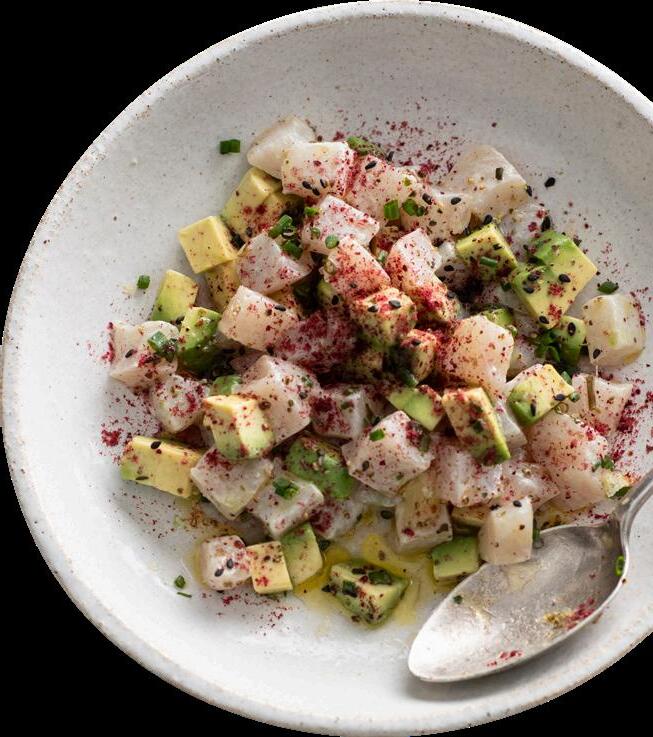
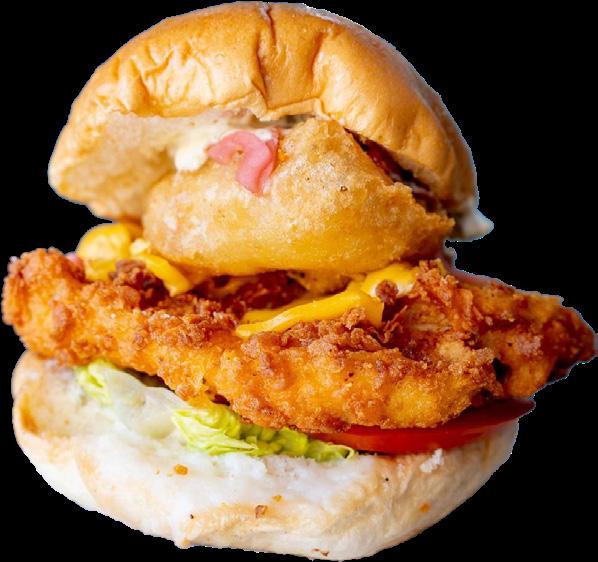
The warm spring weather is a great excuse to visit Sydney Fish Market and enjoy a feast on our sunny boardwalk... And this season our retailers have some amazing options in store. Think fresh, colourful salads, abundant fruit and veg, and showstopping sushi.
Today, we have collected five of our personal favourite dishes for you to enjoy on your next visit. Dive into our top picks for spring below!
Our newest retailer on the block, Fruitezy, have Acai Bowls fresh on tap and have three flavours for you to choose from... Plus, you get unlimited toppings!
From dulce de leche to passionfruit to cacao nibs, the potential refreshing and healthy combinations are endless. If you’re looking for a healthy and energising breakfast, lunch or snack, head to Fruitezy.
The Boatshed is known for it’s indulgent seafood platters and burgers, but many people don’t know that they have a bunch of non-seafood options on the menu too. In spring, the Burrata Salad is the way to go. A medley of tomato, Spanish onion, basil, pesto, and burrata, served on charred crostinis: the perfect light, fresh lunch.
If you’re in the mood for a drink (aren’t we all?) we recommend pairing it with their signature Pink Grapefruit Margarita.
Sushi doesn’t really get fresher or more varied than GetFish's Nigiri selection. From Atlantic Salmon to tuna belly to Kingfish, they've got endless creative options to choose from as you build your own personalised bento.
Feeling like something unique? They also do a piece of salmon nigiri paired with fruit... Don't knock it till you try it!
It’s no secret that Claudio’s Seafoods has some of the finest fresh fish in the country, and we reckon that's what makes their Poke Bowls so special.
Nothing hits the spot like a cold, refreshing bowl of poke in spring – think salmon, colourful vegetables, and fish roe, all topped with an addictive sesame dressing.
Our retailers' cooked-to-order whole fish are some of the tastiest, yet lesser-known dishes at SFM.
Available at Christie’s Seafood, Nicholas Seafood and Peter’s Sydney Fish Market, this option allows you to choose any fresh, seasonal species from the wet fish displays and have it grilled, baked, steamed or deep-fried to your liking. Choose your sauce, choose your side (rice, noodles, chips, or veggies), and dig in!


FROM THE AUCTION FLOOR TO SYDNEY SEAFOOD SCHOOL, SYDNEY FISH MARKET TEAM MEMBERS KNOW THEIR STUFF WHEN IT COMES TO SEAFOOD. WE PICKED THEIR BRAINS FOR YOU...
STEPHANIE MARGRAIN MARKETING
What’s your favourite way to cook seafood in spring?
After the low and slow winter cooking season, I’m excited to simplify things in the kitchen for spring! I’ll be pan-frying fish fillets and serving them with homemade wedges, and salad or seasonal veggies.
What is one dish at Sydney Fish Market you think every visitor should try?
It has to be the whole fish cooked to order at Nicholas or Peters. First you select a beautiful fish from the retail display, then choose your cooking style (my go-to is steamed with ginger and shallots – perfection).
What is your favourite seafood species, and why?
I adore Blue-Eye Trevalla – the flesh is so thick and luscious! It also holds together well making it easy to cook with and versatile – perfect for a fish burger, curry or simply pan fried!
JENNELIA QUEK CUSTOMER SERVICE
What’s your favourite way to cook seafood in spring?
I loved grilled seafood in spring.
What is one dish at Sydney Fish Market you think every visitor should try?
I recommend every visitor to try the Chilli Mud Crabs.
What is your favourite seafood species, and why?
My favourite seafood species is Mud Crab, because I love the juiciness and sweetness of fresh crab meat. My favourite way to eat it is picking the meat out of the claws and legs after the crab has cooked in delicious black pepper sauce – yum!

NIK DU MOULIN SEAFOOD TRADING
What’s your favourite way to cook seafood in spring?
The days are getting warmer so getting back onto the barbecue is the way to go.
What is one dish at Sydney Fish Market you think every visitor should try?
Sardines and Garfish I think are very underrated! Lightly seasoned flour dusted over the fish and cooked on a medium heat on the barbecue is awesome. The flour gives the fish a bit of a crunch as the skin crisps up. Then serve with a Beurre Noir Caper Lemon Sauce.
What is your favourite seafood species, and why?
I think Australia has so many species that stand out... For me, a nice whole Barramundi or Bream cooked on the barbecue ‘En Papillote’ (in paper) allowing all the natural flavours to stay within the cooking process.

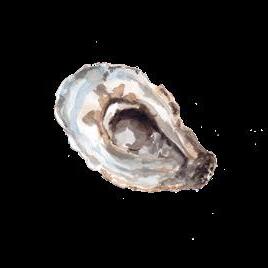
WANT MORE?

Follow us on social media @sydneyfishmarket or visit our website sydneyfishmarket.com.au
Sydney Fish Market is located on the traditional lands and waters of the Gadigal and Wangal people, who have lived and fished here for tens of thousands of years. We acknowledge the traditional custodians of this site and pay respect to Elders past and present.